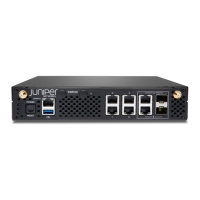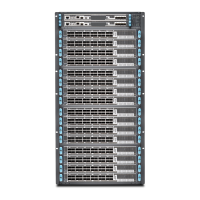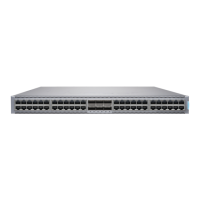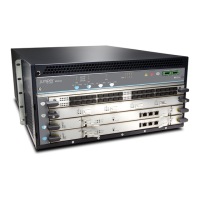Required Cables and Pinouts
The CTP2000 2W-FXS and 2W-FXO interface modules require the use of double-shielded cables (copper
braid plus aluminum mylar foil) to ensure EMI compliance. See “CTP2000 FXS and FXO Interface Module
Cables and Pinouts” on page 48 for particulars about cable pinouts.
Analog FXS/FXO Loop-Start Signaling
There are two basic signaling protocols for FXS/FXO interfaces: loop-start and ground-start. Residential
telephones use loop-start. Ground-start is typically used between a CO and a PBX to prevent “glare.” Glare
occurs when a call is established by the FXS device and the FXO device tries to make a call before the ring
has been detected.
When a call is initiated from the CO (or FXS) side, the FXS interface puts an AC ring voltage on the R lead
(typically 70-90 Vrms). This ring voltage generates the ringing that you hear on an analog phone. When
the FXO device answers the call (someone picks up the handset), the switch is closed between the T and
R leads to complete a loop between the battery and ground in the FXS device. The FXS device detects
the current, which flows from the battery (–48 V) through the R leads and back through the T leads to
ground and stops the ring voltage.
When a call is initiated by the CPE (or FXO) device, the device goes off-hook, closing the connection
between the T and R leads. The FXS device senses the current flow in the loop. Either the attached FXS
device, or an upstream FXS device, provides dial tone to the FXO device after it is ready to accept the
digits for the call destination. Providing dial tone is a form of start-dial supervision.
On the FXO device, when the device is on-hook, there is an open lead between the T and R leads. When
the device is off-hook, the T and R leads are shorted with a typical load of ~300 Ohms. With loop-start,
the T and R leads on the FXO interface can be switched without adversely affecting the signaling.
Glare occurs when a call is established by the FXS device and the FXO tries to make a call before the ring
has been detected. Because it takes time for the FXO device (or person about to place a call) to detect
ringing, it is possible for the FXS and FXO devices to both seize the line without knowledge that the other
end has done so. Ground-start circuits were established the minimize the possibility of glare. See “Analog
FXS/FXO Ground-Start Signaling” on page 23.
Answer Supervision
Answer supervision is a signal used by the phone companies to determine when to start billing the originator
of the call. Without answer supervision, you could get billed for the time the phone was ringing, even if
the call was never picked up. When the FXS device has detected that the FXO device has gone off-hook,
it reverses the polarity between the T and R leads for the duration of the call.
Disconnect Supervision
Disconnect supervision is a signal sent by the FXS device to the FXO device to indicate that the call has
ended. The disconnect supervision signal can be either a battery reversal, battery denial (more than 350
ms), or a tone.
22
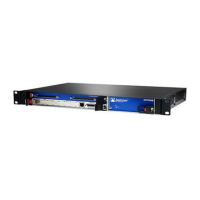
